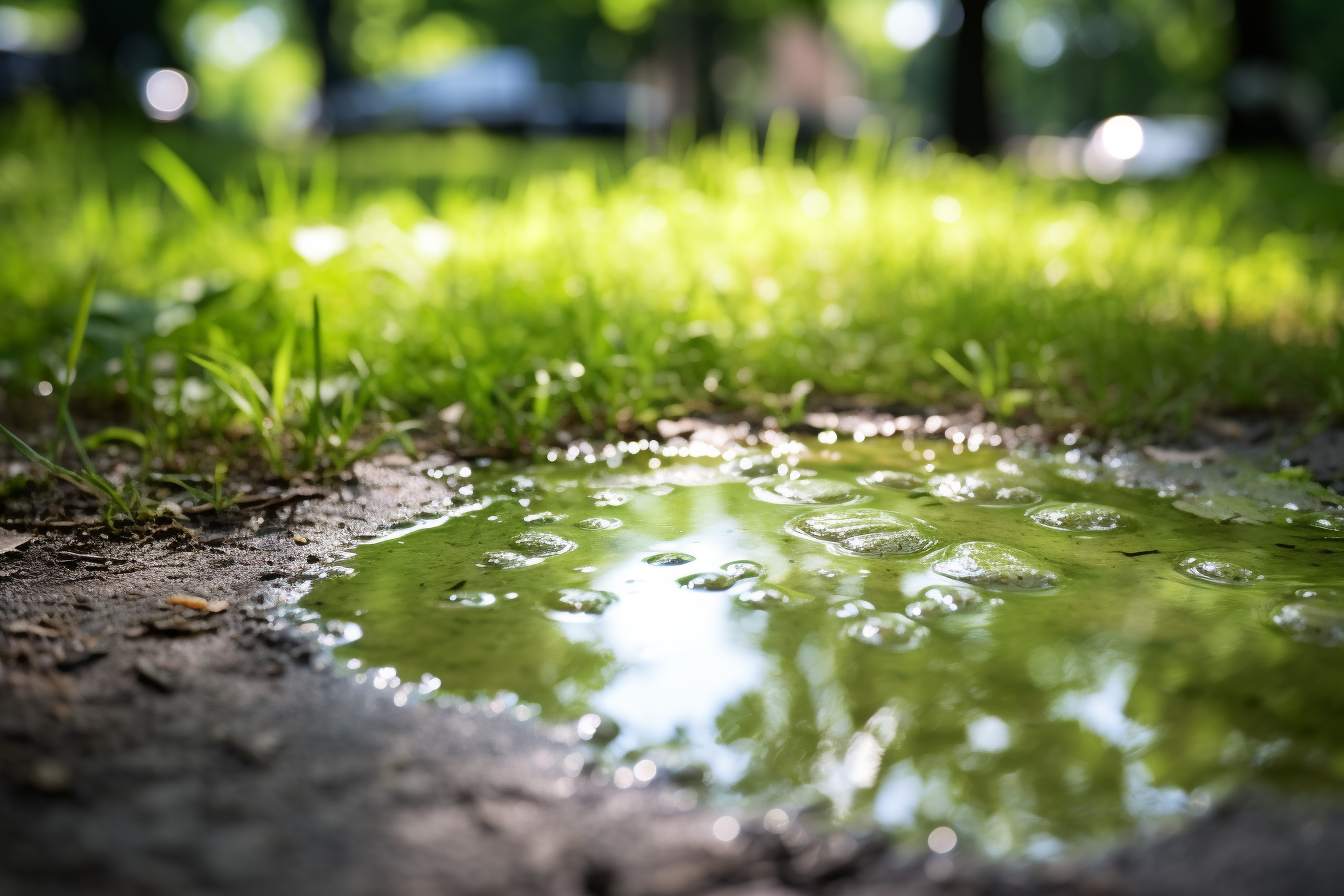In the world of home maintenance and landscaping, managing water effectively is crucial. One often-overlooked yet highly effective solution is the French drain. Despite its name, this drainage system isn’t particularly French; it was popularized by an American, Henry Flagg French, in the 19th century. Let’s dive deep into what a French drain is, how it’s installed, its purposes, and benefits, especially for homeowners and real estate enthusiasts.
What is a French Drain?
A French drain is a slightly sloped trench filled with gravel or rock, containing a perforated pipe that directs surface water and groundwater away from an area. It’s an ingeniously simple yet effective method for preventing ground and surface water from penetrating or damaging building foundations. Typically, it’s used to resolve dampness in basements, prevent erosion in gardens, and solve other drainage-related issues.
Purposes of a French Drain
Preventing Water Damage
The primary purpose of a French drain is to prevent water from pooling around a home’s foundation, which can lead to costly structural damage. By redirecting water, these drains protect the foundation from the adverse effects of excessive moisture like mold, wood rot, and foundation cracks.
Landscaping and Garden Maintenance
In gardening and landscaping, French drains can prevent soil erosion and make gardens more manageable, especially in areas with heavy rainfall or poor natural drainage.
Road Construction
French drains are also used in road construction to prevent waterlogging, which can weaken the road structure.
Installation of a French Drain
Planning
The first step is planning. It involves identifying the problem area, determining the drain’s exit point, and ensuring that the redirected water won’t cause issues elsewhere. It’s crucial to consider local building codes and regulations.
Materials
Typical materials for a French drain include:
- Perforated pipes: These are usually made of PVC.
- Gravel or rock: This surrounds the pipe to facilitate water flow.
- Landscape fabric: This is used to prevent soil from clogging the gravel.
The Process
- Digging the Trench: The trench should be about 6 inches wide and 18 to 24 inches deep. The slope should be about 1 inch for every 8 feet in the direction you want the water to flow.
- Laying the Pipe: Place the perforated pipe at the bottom of the trench, ensuring it slopes away from the house or the area you want to protect.
- Filling with Gravel: Cover the pipe with gravel, leaving a few inches at the top.
- Covering the Trench: The top can be covered with a few inches of soil and sod if desired, making the drain virtually invisible.
Benefits of a French Drain
1. Effective Water Management
French drains provide an efficient way to channel water away from structures and prevent accumulation.
2. Low Maintenance
Once installed, French drains require minimal upkeep. Periodic checks to ensure the inlet isn’t clogged with leaves or debris are usually sufficient.
3. Cost-Effective
Compared to other waterproofing and drainage solutions, French drains are relatively inexpensive, especially if installed during the home construction phase.
4. Eco-Friendly
French drains use natural processes to redistribute water, making them an environmentally friendly option.
5. Versatility
They can be implemented in a variety of landscapes and are effective in various soil types.
6. Aesthetic Appeal
When covered with sod, French drains are almost invisible, maintaining the aesthetic appeal of your landscape.
Potential Drawbacks
While French drains are beneficial, there are potential drawbacks to consider:
1. Improper Installation
If not installed correctly, French drains can fail, leading to the same waterlogging issues they are meant to solve.
2. Freezing
In cold climates, the water in the pipes can freeze, causing blockages.
3. Legal Considerations
Redirecting water can potentially cause issues for neighboring properties, so it’s important to plan carefully.
Conclusion
French drains are a practical, cost-effective solution for managing water and protecting property from water damage. Whether you’re a homeowner struggling with a wet basement or a gardener looking to prevent soil erosion, a French drain could be the answer. Remember, while DIY installation is possible, consulting a professional can ensure the drain is appropriately designed and installed, providing peace of mind and protecting your investment in your home and land.
FAQs
Q: Can French drains handle heavy rain? A: Yes, they are designed to manage large amounts of water, provided they are correctly sized for the expected volume.
Q: How long do French drains last? A: With proper installation and minimal maintenance, they can last for decades.
Q: Are there alternatives to French drains? A: Yes, options like sump pumps, dry wells, and grading adjustments are alternatives but come with different considerations and costs.





